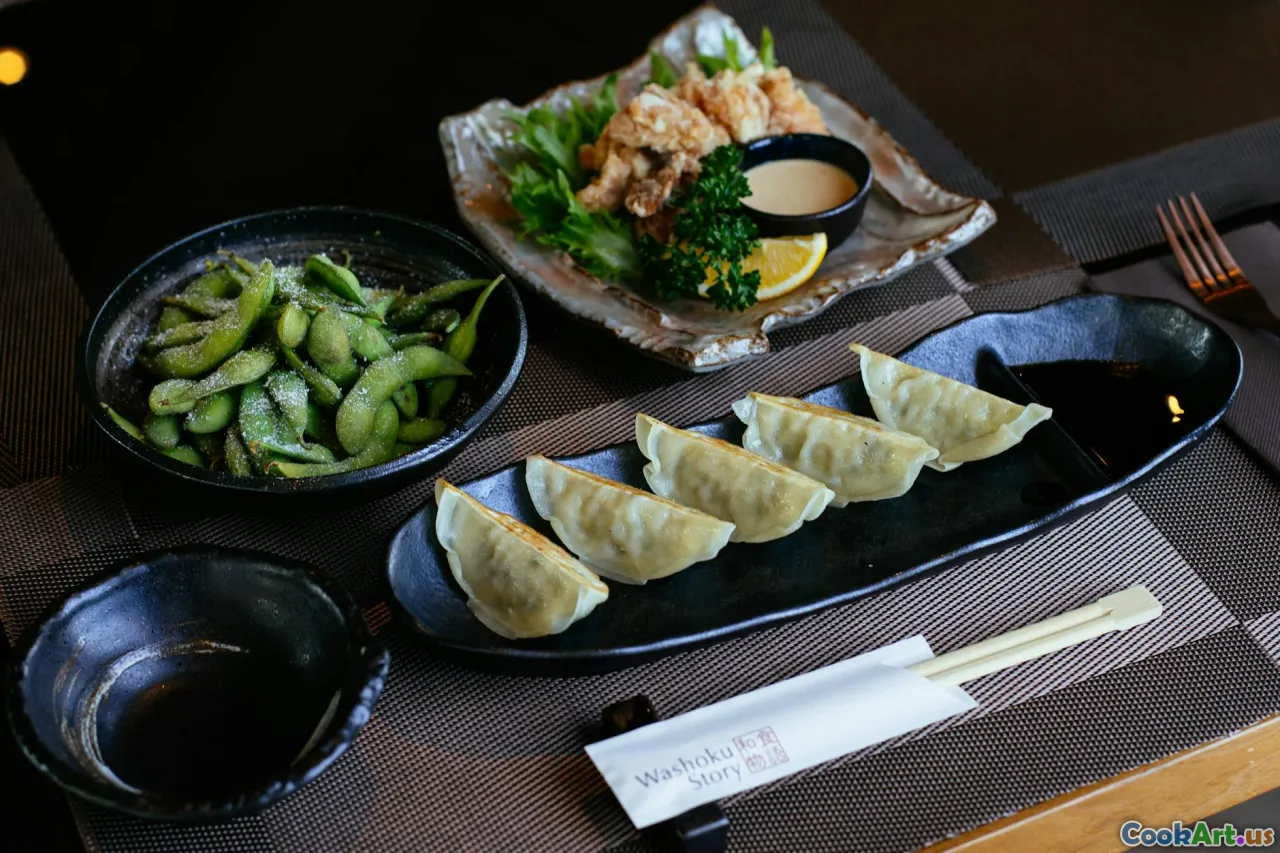Fusion Cuisine: Where Cultures Meet
6 min read Discover the vibrant world of fusion cuisine where culinary traditions blend to create innovative and delicious dishes. April 13, 2025 05:45
Fusion Cuisine: Where Cultures Meet
Fusion cuisine is an exciting culinary trend that transcends geographical boundaries, melding diverse cooking techniques, ingredients, and flavors to create innovative dishes. This vibrant and dynamic approach to cooking not only tantalizes the taste buds but also tells a story of cultural exchange and creativity.
The Origins of Fusion Cuisine
While the concept of blending culinary traditions is not new, the term “fusion cuisine” gained popularity in the late 20th century, particularly in the United States. Chefs began experimenting with combining flavors from different parts of the world, leading to a culinary revolution that challenged traditional dining norms. Influences from Asian, Latin American, and Mediterranean cuisines started to appear on restaurant menus, showcasing how food can be a medium for cultural dialogue.
Techniques and Ingredients in Fusion Cuisine
Fusion cuisine often involves a playful mix of ingredients and techniques. Here are some common elements that characterize this style:
- Ingredient Pairings: Chefs experiment with ingredients that are not traditionally used together. For example, combining sushi elements with Mexican tacos can yield a delicious sushi taco, marrying the freshness of raw fish with the flavors of cilantro and lime.
- Cooking Techniques: Techniques from various culinary traditions may be applied to different types of dishes, such as using a wok for stir-frying Italian risotto or applying sous-vide methods to prepare traditional Indian curries.
- Presentation: Fusion cuisine often emphasizes creative and artistic plating, drawing inspiration from different cultures' aesthetic values. This can mean using vibrant colors and unique serving vessels that reflect the dish's diverse origins.
Notable Examples of Fusion Cuisine
- Korean Tacos: This dish combines the Korean staple of bulgogi (marinated beef) with traditional Mexican taco elements, resulting in a flavorful and texturally complex treat.
- Sushi Burritos: A fun twist on sushi, these handheld delights are packed with fresh ingredients and wrapped in seaweed, offering a portable option for sushi lovers.
- Butter Chicken Pizza: An Indian classic meets Italian comfort food, where creamy butter chicken is spread over a pizza base, topped with cheese and baked to perfection.
- Thai Basil Chicken Pasta: This dish fuses the aromatic flavors of Thai basil and chili with classic Italian pasta, creating a delightful blend of heat and flavor.
The Cultural Significance of Fusion Cuisine
Fusion cuisine is more than just a culinary trend; it is a reflection of our increasingly interconnected world. It represents a celebration of diversity, allowing chefs and home cooks alike to draw inspiration from various cultural backgrounds. This form of cooking not only introduces new flavors but also fosters understanding and appreciation among different communities.
Moreover, fusion cuisine can often help preserve traditional dishes by giving them a modern twist, ensuring they remain relevant in contemporary dining culture. For instance, traditional recipes can be reimagined using locally sourced ingredients, catering to changing dietary preferences while maintaining their cultural essence.
Challenges and Criticisms
Despite its popularity, fusion cuisine is not without its challenges. Critics often argue that it can lead to cultural appropriation, where the essence of cultural dishes is diluted or misrepresented. It is essential for chefs to approach fusion cooking with respect and awareness of the origins of the ingredients and techniques they are using.
Additionally, the melding of flavors must be done thoughtfully to avoid clashes that can confuse the palate. Successful fusion dishes strike a balance, where elements complement rather than compete with each other.
Conclusion
In conclusion, fusion cuisine exemplifies the beauty of culinary creativity and cultural exchange. As chefs continue to push the boundaries of traditional cooking, they create dishes that not only satisfy hunger but also tell a story of global interconnectedness. Whether in a trendy restaurant or a home kitchen, fusion cuisine invites everyone to explore the world through their taste buds, celebrating the rich tapestry of flavors that our diverse cultures offer.









